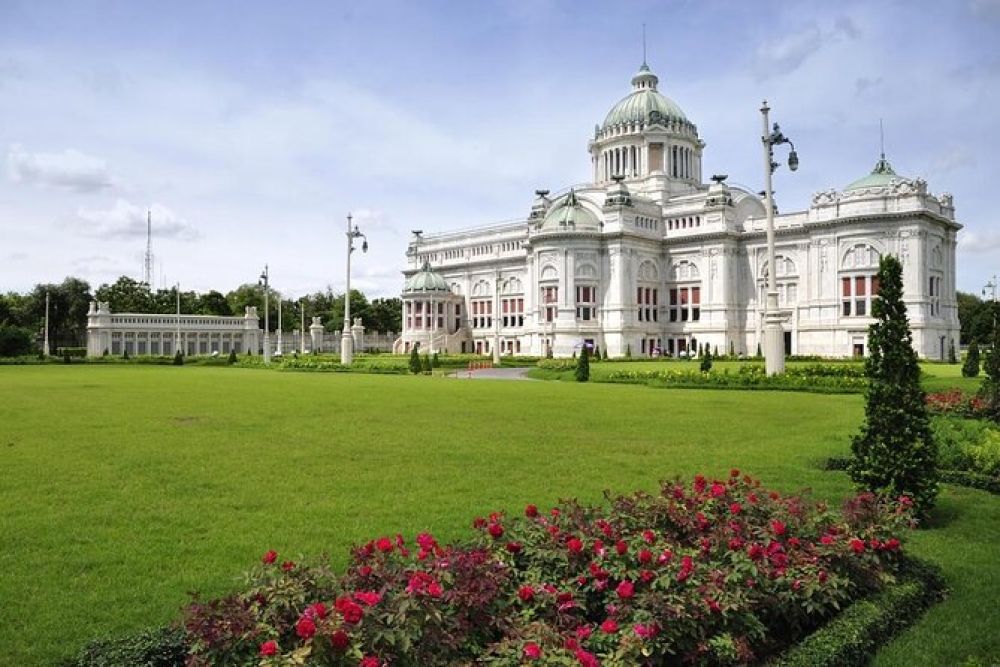

Bangkok, the bustling capital city of Thailand, is not just known for its vibrant street life and ornate shrines, but it's also home to the grandiose Dusit Palace. Built in the early 20th century, Dusit Palace offers a glimpse into the opulence of the Thai royal family and the country's deep-seated reverence for its monarchy.
Established by King Rama V (King Chulalongkorn) in 1901, Dusit Palace was designed to serve as a royal retreat away from the Grand Palace. The King wanted a residence that could provide a more comfortable and modern living space, representative of the period's shifting architectural styles and his progressive outlook.
Distinct from the traditional Thai royal residences, Dusit Palace comprises a complex of various palaces, mansions, and royal residences. The architectural style is greatly influenced by western designs, particularly Victorian and neoclassical themes, which were trendy during that era. The most famous building within the complex is the Vimanmek Mansion, once hailed as the world's largest golden teakwood mansion.
Tourism at Dusit Palace embarked gradually as Thailand started to open up to the world. The early days saw a limited number of foreign elite being invited to marvel at the palace's grandeur. As Thailand established itself in international tourism from the mid-20th century onwards, Dusit Palace became an essential stop for anyone visiting Bangkok.
The conversion of some buildings within the complex into museums, like the Vimanmek Mansion Museum and Ananta Samakhom Throne Hall, allowed the public a richer, more immersive experience of Thailand's regal heritage and royal traditions.
In recent years, tourism at Dusit Palace has been influenced by a global trend towards experiential and cultural travel. Visitors are keenly interested in the history, cultural significance, and architectural brilliance of the palace. Guided tours have become a popular way to explore the complex, providing guests with deeper insights into the royal family's lives and Thailand's history.
Another trend that has become evident is the use of technology to enhance visitor experience. Virtual tours, augmented reality, and interactive exhibits have been integrated into the experience, making the grandeur of Dusit Palace accessible to a wider audience, including those who cannot visit in person.
Furthermore, the Thai government and tourism boards have been promoting sustainable tourism initiatives, emphasizing conservation and preservation of the palace. This has resonated well with eco-conscious travelers who prioritize responsible travel.
Today, Dusit Palace remains a symbol of Thailand's cultural richness and history. Open Tuesday through Sunday from 9:30 AM to 4:00 PM, visitors can enjoy the treasure trove that awaits within its walls, making it a can't-miss attraction for anyone interested in the past and present of Thailand’s royalty. Though the grandeur of the royal complex is an attraction in itself, the stories and artistry that lie within its foundations present a narrative of Thailand’s journey through modern history.